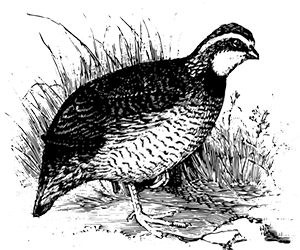This is the tenth in a Series of Reminiscences by E. R. Brown. Brown was born in Pulaski County on August 9, 1845. His writings are abstracted from the Pulaski County Democrat on microfilm housed in the Pulaski County Public Library, Winamac, Indiana. Find links to earlier entries at the end of this article.
Published in Pulaski County Democrat, April 13, 1922
For some reason wild turkeys were not found in Pulaski county by the first settlers, though so prominent in most sections of the state, and few have been known here since. In other areas where timber and other conditions were very similar to those here, they were very numerous.
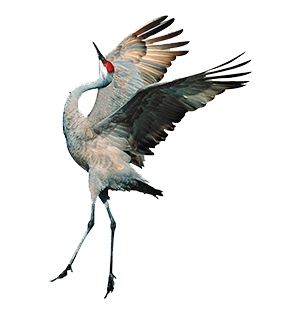
The largest feathered wild game formerly known here, and certainly the most picturesque, if not the most numerous, were sand-hill cranes. Considering their size and other peculiarities, they were in a class by themselves. From early spring until late in the fall there were few days when they were not seen or heard, while any time after wheat harvest they fed in some of our fields everyday. The largest of them were almost as tall as a man, and though their legs and necks were both long, the heaviest of them must have weighed close to fifty pounds. Their rich coat of feathers fairly glistened in the sunlight, being of a blueish-gray color, touched in places with salmon and shading off lighter under their wings and bodies. Their calls when excited could be heard a mile,
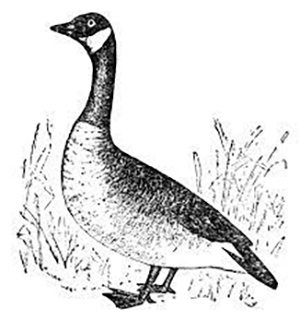
though when they were more calm they were soft and musical.
My father had an early adventure with them when going from Rensselaer to Valparaiso alone on horseback. He was not certain at first but what he might be in some personal danger. There were vast numbers of them and as he slowly made his way across the lonely expanses of that then unsettled region, they gathered thickly around him. Leaping high in the air, opening and closing their immense wings and all the time keeping up a deafening chatter in many keys. He finally concluded that they were merely excited by a sight strange to them, a man on horseback, or perhaps apprehensive about their young.
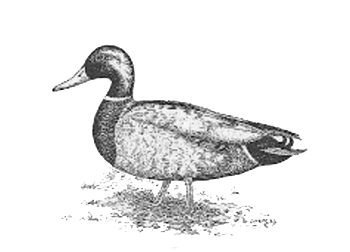
I have not seen or heard of a sand-hill crane for many years. Their habit of ascending so high in the air and spending long hours slowly around in such lofty situations, from which their calls could be heard indistinctly and where when discerned they seemed to be mere specks in the ethereal blue, were like others of their traits,
strangely human. That is precisely what men would want to do if equipped with trustworthy wings. Their flesh was highly prized but they were such wise, wary fellows that only by a long expert short or carefully placed ruse could one be taken.
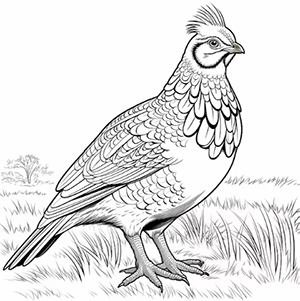
Wild geese were far more numerous and easier to kill. They are still so well known that little needs be said about them beyond the fact that they abounded here early. Their contribution to the meat supply was not inconsiderable. They, too, are attractive, graceful fowls and that person who has a fat wild goose not too old, has a rare feast coming. Plenty of people will see this article who have had more than a dozen at one time. It was not unusual to see them partially tamed at different farm houses when I was a boy.
That wild ducks and prairie chickens abounded in early days might also be taken for granted. The vast number of both and their substantial contribution to the food supply, as well as in the sportsman’s pleasure,
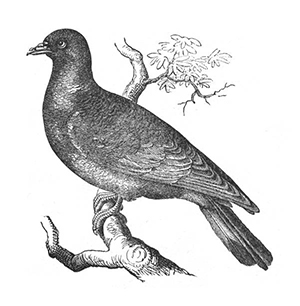
is about all that needs to be said. Ducks of many kinds as well as prairie chickens formerly bred here in large numbers. While most of them probably went further south in the coldest weather, thousands remained the year around. To see open places in streams and ponds black with ducks when covered largely with ice was a common sight. With most any kind of a muzzle loading shotgun or inferior rifle it was no trouble to get enough ducks or chickens to feast the family for a week. If it is said that any dish more palatable than these when cooked just right was ever set before a hungry man, millionaire or beggar, I am from Missouri.
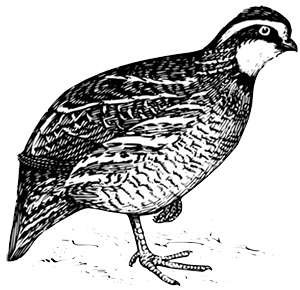
Though not very early, we evidently had our full share of wild pigeons, recently much written about. A lot of people remember seeing the sun itself darkened by fabulous masses of flying slowly over reaching almost from one horizon to the other and repeated day after day. Pigeons also swarmed in fields and woods and were killed and eaten until people generally became as tired of them as quails in the wilderness. Stories of pigeon roosts were likewise in circulation here, when the noise of limbs breaking under their weight could be heard all night long and when hunters filled funny sacks with those slain. These conditions were repeated for several years in the late fifties. But what causes finally terminated them and just when the last pigeons disappeared I cannot tell. The last wild pigeons I remember killing myself were of a considerable drove feeding in a grove and I have the
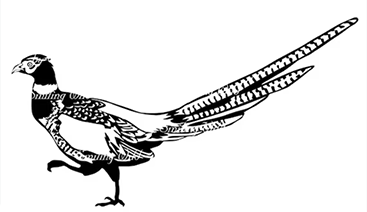
means of knowing certainly that it was in March 1875. A wild pigeon resembled a turtle dove so closely that they were often mistaken for each other, the main difference being that the former was slightly larger. With greater spread of wings and longer tail feathers.
I will also add that we had quails, pheasants, snipe, plover and perhaps other small game birds in early days, but I would not say they were relatively numerous. Of course, in the aggregate, a lot of them were killed. I have often regretted as a boy I was not more friendly to the charming
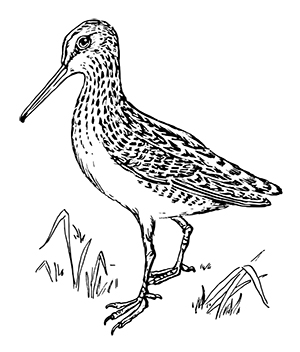
Bob White.
Links to Earlier Articles
- Part one (Common Inconveniences) October 2018 newsletter.
- Part two (Land) June 2019 newsletter.
- Part three (Trees & Timber) November 2019 newsletter.
- Part four (The River) February 2020 newsletter.
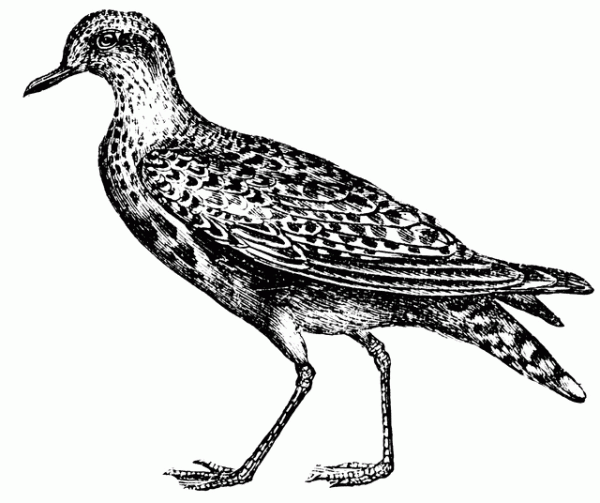
Later editions are carried as separate posts.
- Part five (Public Roads)
- Part six (Schools)
- Part seven (Markets & Trading Points)
- Part eight (It’s Mills)
- Part nine (Wild Game)
